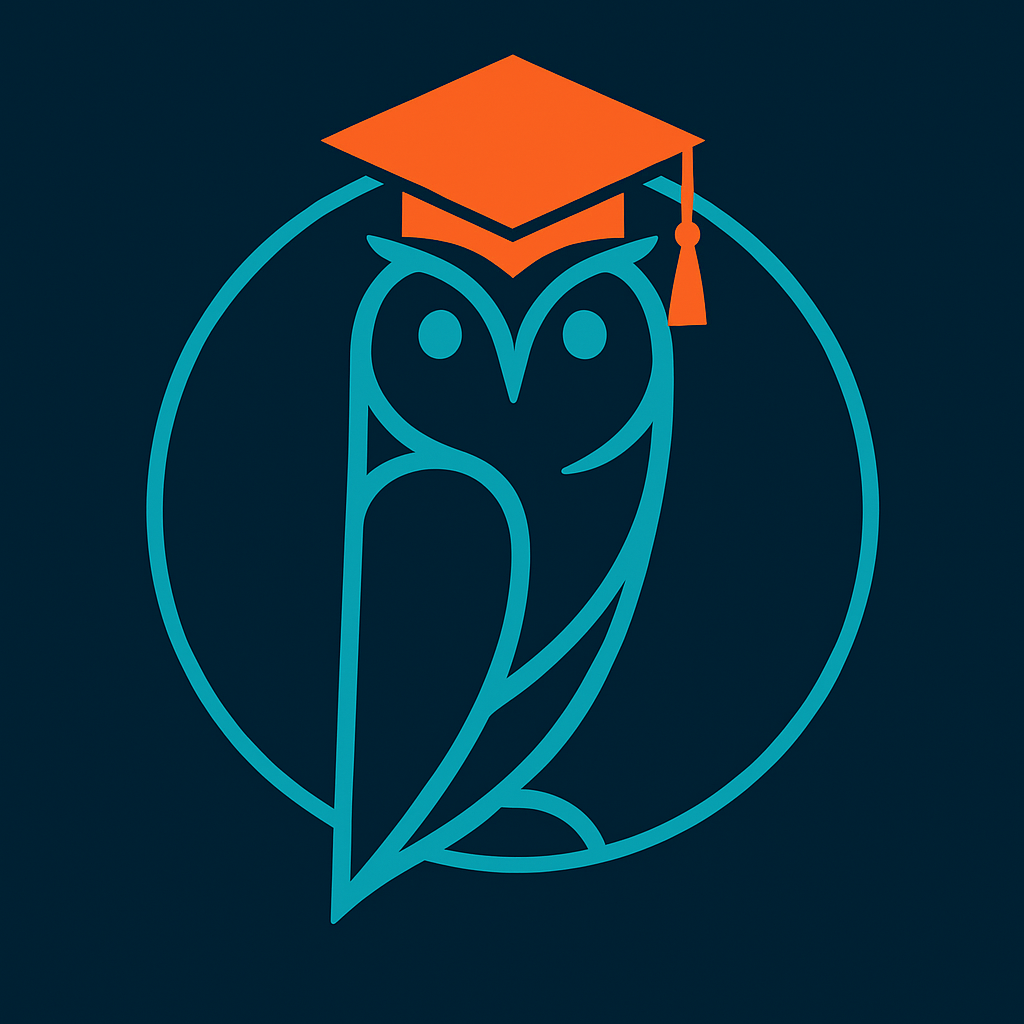Designing Smarter Learning with ADDIE (and a Few Modern Twists)
Designing Smarter Learning with ADDIE (and a Few Modern Twists)

Designing Smarter Learning with ADDIE (and a Few Modern Twists)
If you’ve dipped a toe into learning design, you’ve probably met ADDIE. She’s dependable, methodical, and has been helping instructional designers get stuff done since the 1970s. But while Analysis, Design, Development, Implementation, and Evaluation still form a solid foundation, today’s digital learning landscape asks us to be a little more… clever.
Let’s ADDIE, but make it digital.
The ADDIE model gives structure, yes, but modern learning calls for more than ticking boxes. Learners now swipe, scroll, skim, and expect interactivity as standard. To meet them where they are, we need to weave in cognitive load theory, microlearning principles, and the ever-important user experience (UX) thinking.
Ask yourself:
- Are we designing for humans or for a flowchart?
- Are we minimising mental clutter and focusing attention where it matters most?
- Does the experience feel natural and effortless, like using a good app?
Accessibility isn’t optional.
Here’s a simple truth:
If it’s not accessible, it’s not effective.
Modern design means building for everyone. That includes using clear contrast, keyboard navigation, alt text, captioned videos, and avoiding rapid flashing or overcomplicated interactions. Think of accessibility as creativity with guardrails. It actually sharpens your design thinking.
A modern twist on each stage:
- Analysis: Dig into learner habits and device usage. Where and how are they learning?
- Design: Sketch mobile-first, storyboard with multimedia in mind, and always plan for inclusion.
- Development: Use tools that support responsive, accessible output, and test early.
- Implementation: Deliver via platforms learners already engage with, not just the LMS.
- Evaluation: Go beyond the quiz. Gather feedback, measure engagement, and tweak like a UX designer.
Final thought:
ADDIE is a great starting point, but don’t let her have the final say. Use her bones, but bring your modern learning smarts to the table. Mix in storytelling, behaviour science, UX, accessibility, and a dash of curiosity, and you’ve got learning design that actually sticks.


